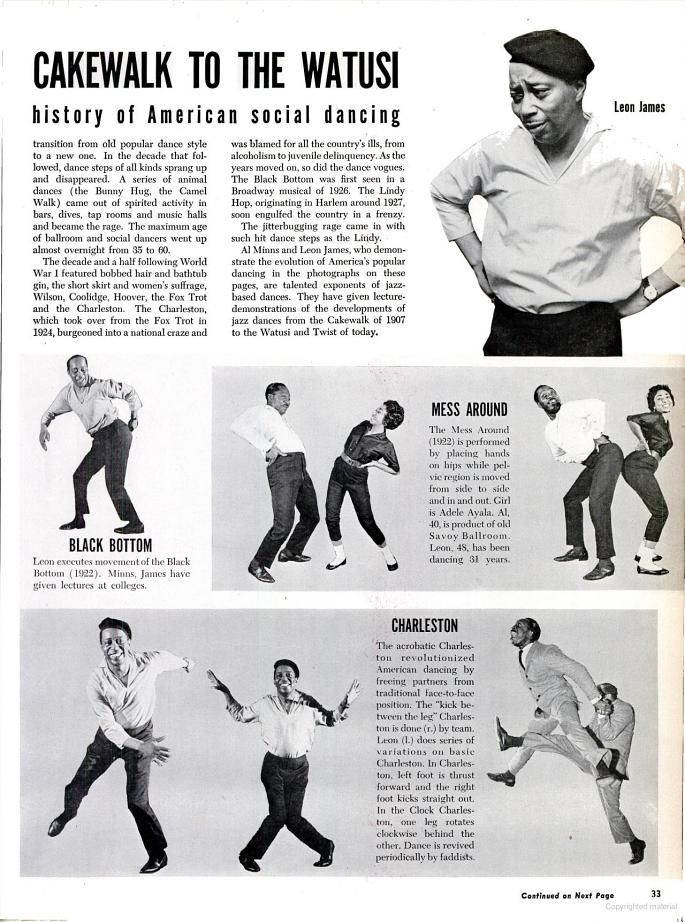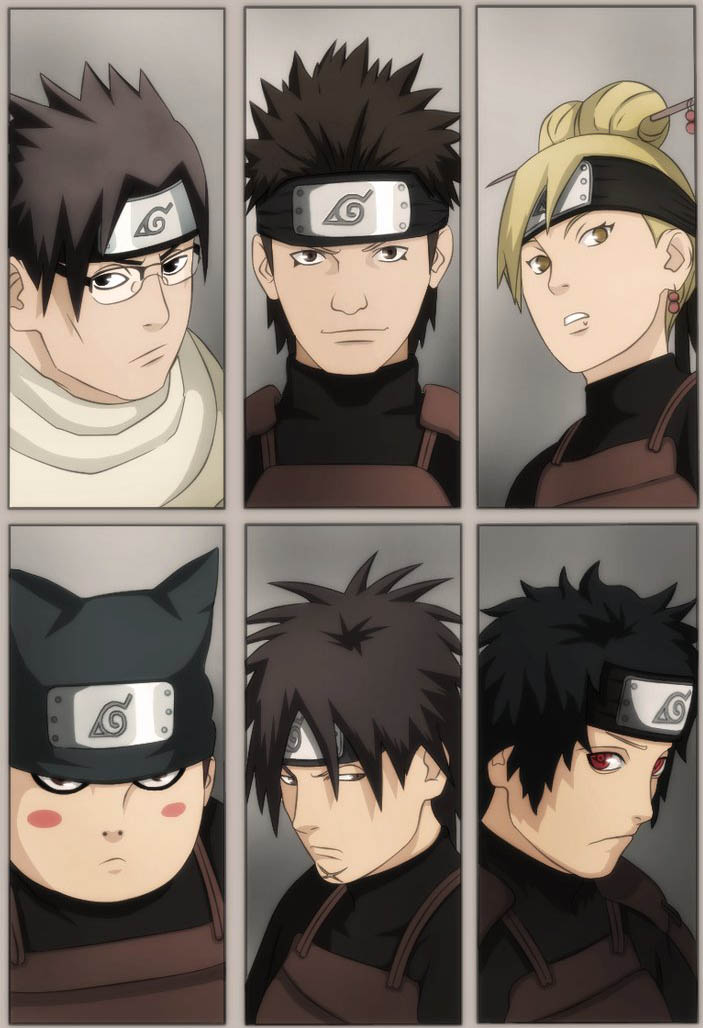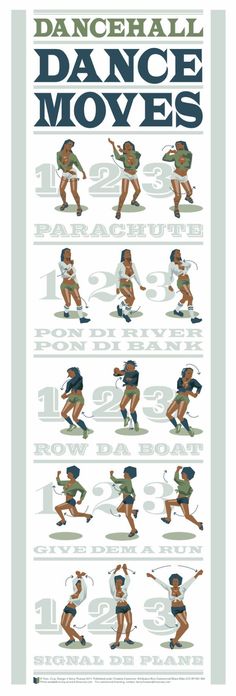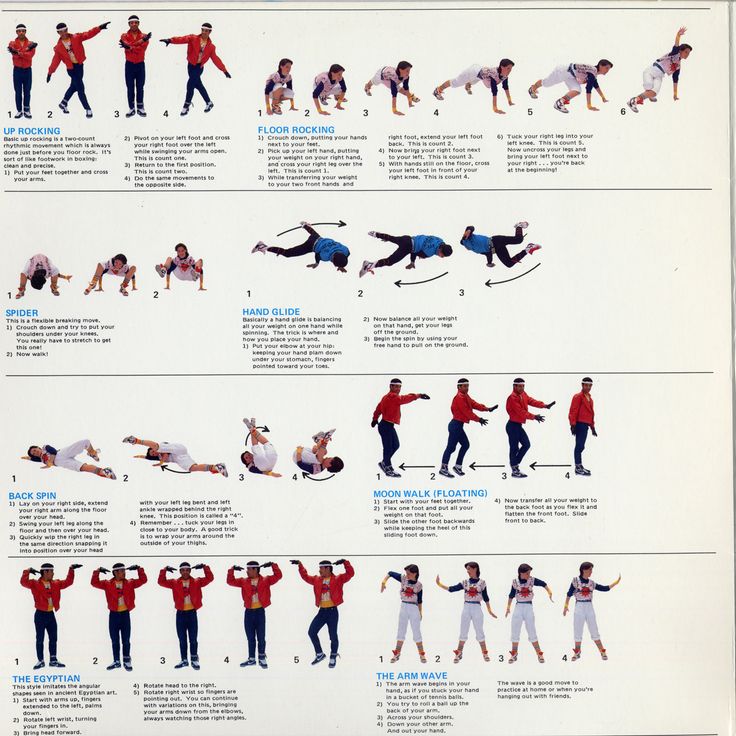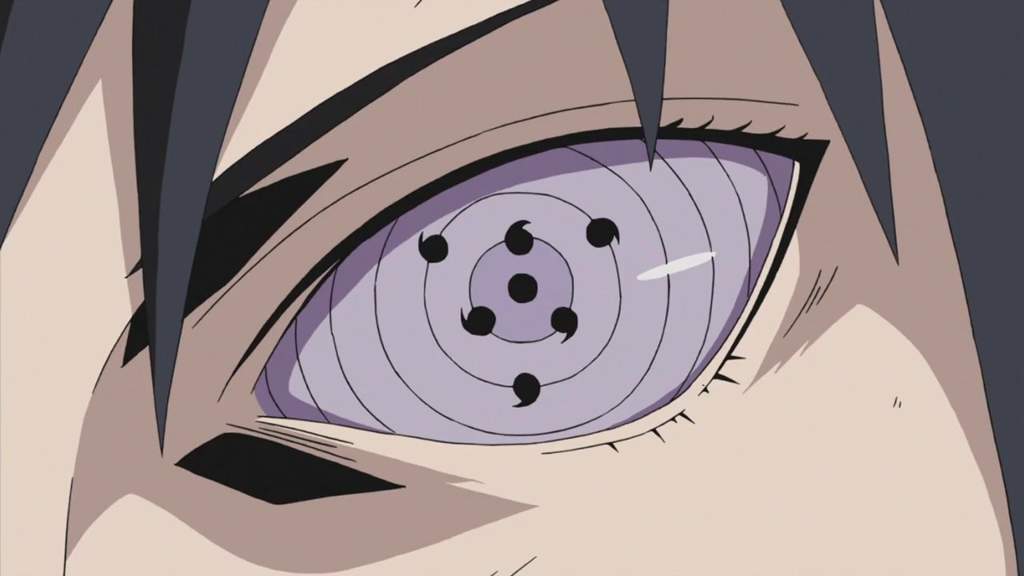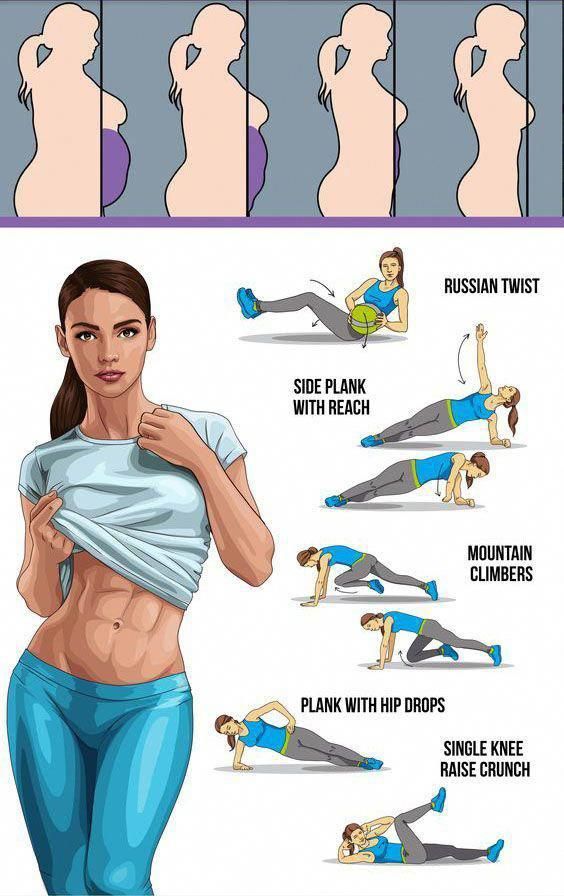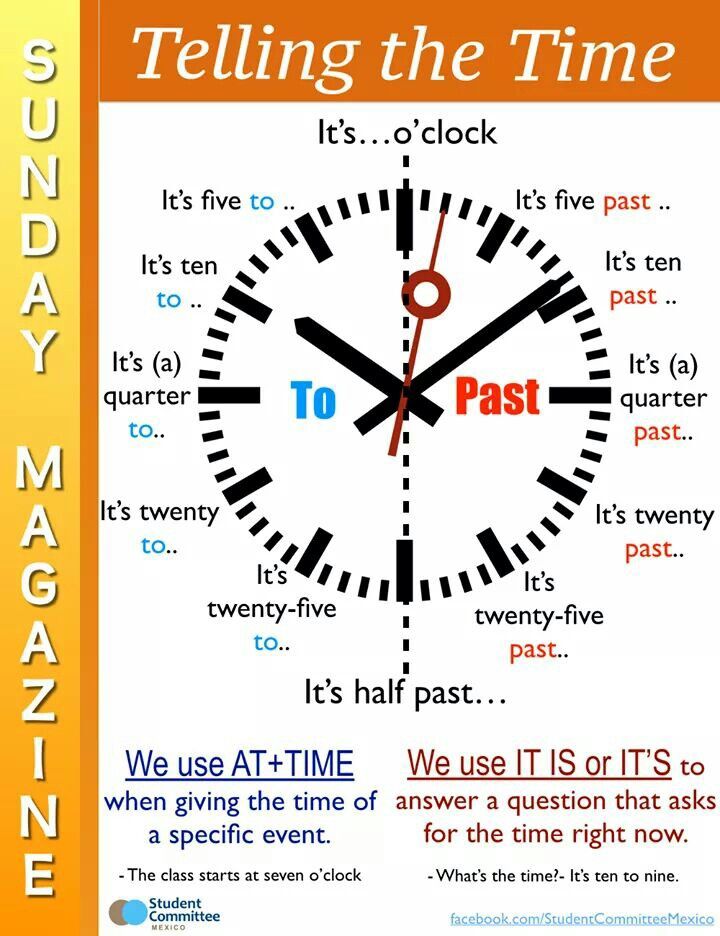How to dance the charleston video
5 Fast Feet 20s Charleston Moves From A Viral TikTok Video.
Have you seen that viral video with a crazy girl in a black and white stripy shirt and black skirt, smoking an imaginary cigarette and doing those crazy fast feet moves? Have you wondered what is this dance: jitterbug, shuffle, loose leg, lindy hop? It's 20s Charleston and Ksenia Parkhatskaya with the undone belt and imaginary cigarette at the front of it.
In this blog you will find out the 5 awesome move Ksenia does in this viral video and learn how to do them yourself.
TikTok viral fast feed video
When 20s Charleston took over the world in 1930s it was a dance craze. In 2021 Charleston 20s takes over the world again, though this time its through social media and no one knows the name of the dance.
Charleston dance jam at Paris Jazz Roots
Here is a little extract that went viral all over the internet and became popular on Tik Tok and other social media. On the video it's myself, Ksenia Parkhatskaya, and my talented colleagues jamming at the Paris Jazz Roots swing dance event in 2015.
Original full video was filmed and published by Eric Esquivel.
Among others you can as well see these wonderful international dancers and teachers of the swing dance styles:
Evita Arche
Remy Kouakou Kouame
Nathan Bugh
Juan Villafane
Rikard Ekstrand and many others.
You might wonder what this dance is? We are at a swing dance event in Paris and we are doing authentic jazz dance: jazz, Charleston, black bottom, soft shoe, tap and so on.
Fast feet viral moves: 20s Charleston is back in fashion
Many people wondered what are the moves that I am doing. On this video specifically you can see dance steps such as:
Happy Feet
Charleston 20s basic step
Fall Off The Log
Over the Tops
Triple Step
All that with my signature imaginary smoking!
And now get your socks ready to learn those moves with me.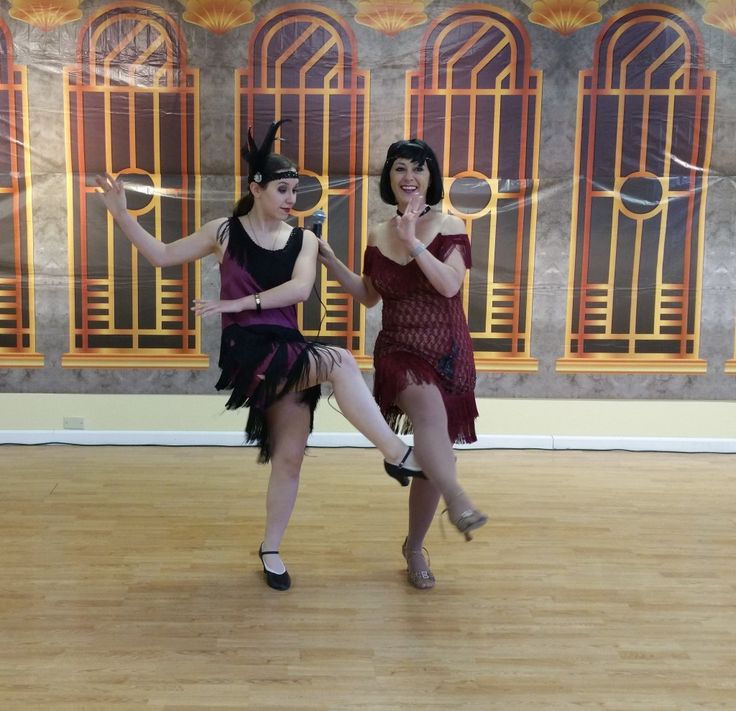 I am going to share some free dance tutorials from my online dance school Secrets of Solo.
I am going to share some free dance tutorials from my online dance school Secrets of Solo.
Happy Feet dance move
You have probably wondered or even tried to imitate that viral fast feet move what I am doing while smoking. Well, I'll tell you the secrets of my solo...the first movement I am doing is the 1920’s Charleston the Happy Feet!
Some people call this move Heel Toe. The original name of this authentic jazz dance move is Happy Feet.
This name can be as well found in reference to the famous Savoy ballroom in New Your. Savoy Ballroom was known as the “Home of Happy Feet” during the Harlem Renaissance. It became known for its interracial dancing and entertainment, “where downtown whites and uptown black people came to “trip the light fantastic,” clap hands to the Charleston..” (from The Harlem Renaissance, p. 57 Stuart A. Kallen · 2009)
Happy Feet is as well a name of a popular jazz tune by Bing Crosby & Gutchrlein Paul Whiteman Orchestra from the 1930’s film “The King Of Jazz”
Charleston Basic Step & Twist
The dance that we associate with The Great Gatsby, gangsters and prohibition era is 20s Charleston. This dance was immensely popular during the period of 1920's Prohibition as well as 1930's Great Depression. When the US stock market crashed and part of the society was left in complete poverty, dancing for many was an anti - depression pill, it swept the worries away.
20s Charleston is a dance step, a dance style and a style of music. A style that is defined by music, clothing style, manner and expression. 20s Charleston was a craze during the Jazz Age. It is danced to ragtime, hot jazz and Charleston.
Charleston has a very interesting story, if you are curious enough to dive into it, I wrote a blog called “The History of Charleston dance”.
As for now I will leave you to wiggle around the room with the instructional videos:
First video is to do with the Charleston 20s Twist & Character that is at the basis of it all.
In this next video you can learn about 5 different ways to do the Charleston. To try my way in the viral video, straight away hop to the 20s style with the twist!
Fall Off the Log dance move
Another irresistible viral fast feet move I am going for in this video is Fall off the log (falling-off-the-log / falling off a log)- twisting movement consisting of shuffles and the alternate crossing and recrossing of one foot over the other, the body leaning sideways - "Brotherhood in Rhythm".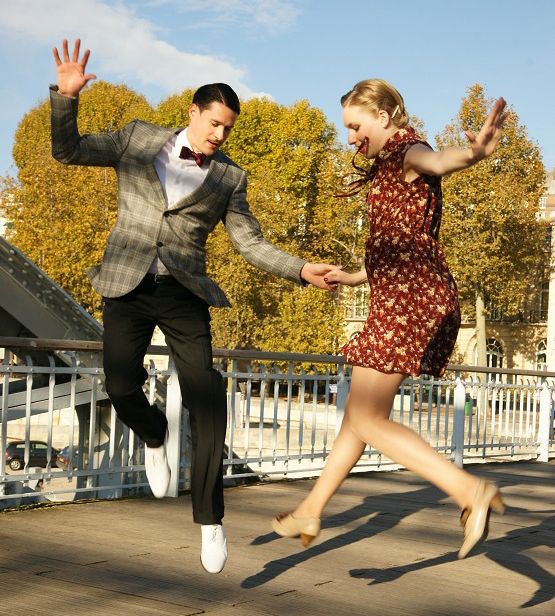
Modern Flapper
“Jazz Age dance maestro”
LA Magazine
For the first 5 years I was completely in love with the 20s style, I dedicated loads of time to investigate the essence of it. At some point I became the most viewed 20s Charleston dancer gathering almost a million views on my dance videos.
Ksenia Parkhatskaya in 20s Charleston style. Photo by Nuria AguadeIf you’d like to know my story of how I lived and breathed as a 21 century flapper, check out my blog 5 best Charleston dance videos by Ksenia Parkhatskaya.
Flapper Girl Ksenia Parkhatskaya. 20s Charleston dance. Photo by Nika Zhuk.Other Jazz and Charleston dance moves
Triple Step and Over The Top as well as plenty of other equally viral moves you can find inside my online dance school Secrets of Solo where I feature 10 separate courses, and 40+ hours of teaching material.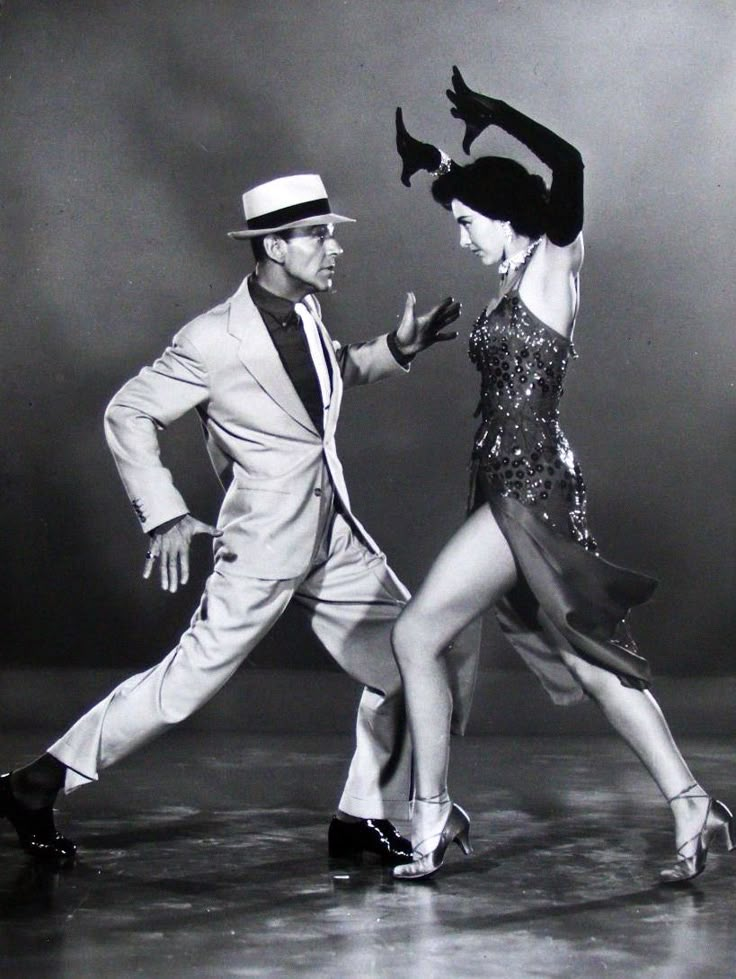
Two courses might of special interest: Secrets of Charleston 20s & Solo Jazz 101
Secrets of Charleston 20s
The first one is all about the “King of the Dance” 20s Charleston. By taking this course you will learn over 30 classic Charleston moves and their variations. You’ll discover all about the styling and try out some eccentric flash steps.
Solo Jazz 101
Solo Jazz 101 is for absolute beginners! You’ll discover the fundamentals of swing: feeling the beat, walking with groove and bounce. Ksenia will then guide you through major solo jazz dance steps and help you create your first dance routines. Advanced dancers can also benefit by firming up their basic solo jazz dance steps.
Hong Kong Dance Magazine’s marked Secrets of Solo as Top 5 Favourite Online Dance Schools. To date, there have been over 3,500 dance students who have joined Secrets of Solo! You can read their testimonials here, we have 4.9 rating in Trustpilot.
Even if after watching all these classes you are still in doubt whether online tutorials are your thing or not, we offer a 30-day money-back guarantee. So there is absolutely no risk at all for you. Sign up now & give it a go.
So there is absolutely no risk at all for you. Sign up now & give it a go.
The Charleston Dance: Everything You Need to Know
Pictured: Ginger Rogers and Fred Astaire in a scene from SWING TIME, 1936.What is The Charleston?
The Charleston is a dance that soared to popularity in the United States in the 1920s, a time period which is commonly referred to as the “Roaring Twenties”. The initial burst of popularity for The Charleston came in 1923, when a Broadway musical called Runnin’ Wild featured a James P. Johnson jazz composition called “The Charleston”, which of course was accompanied by the dance. Runnin’ Wild had a strong run on Broadway that helped kickstart the Charleston dance into mainstream popularity.
Although the Charleston dance did burst onto the mainstream in the 1920s, it is believed that the dance was performed in the city of Charleston much earlier. In fact, the Charleston is thought to have originated within the African-American community on a small island near Charleston as early as 1903, and by 1913 the dance appeared in Harlem stage shows.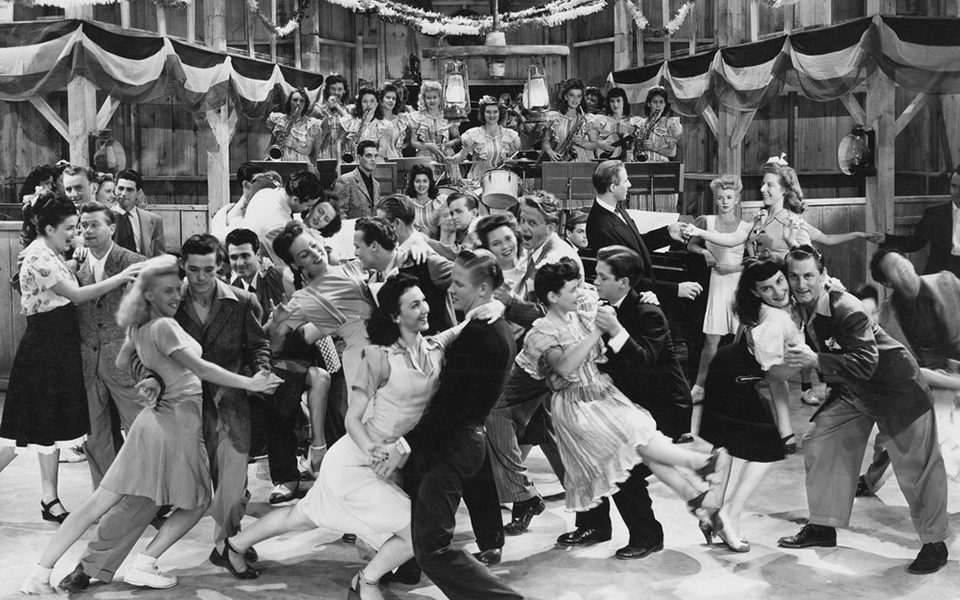
Still, though, there is no doubt that once Johnson’s composition “The Charleston” and the accompanying dance appeared on Broadway in 1923, the dance was poised to be performed by people all over, with a surge in popularity that lasted up until 1927.
While the Charleston dance did peak in popularity in the late 1920s, it did evolve a bit over the years. In the 1930s and 1940s it became part of the Lindy Hop street dance, and an alternate version of the dance developed that was adapted to the swing music that was popular at the time. The 1930s and 1940s style of Charleston dance is commonly referred to as either Lindy Charleston or Swing Charleston.
A deeper look at the origins of the Charleston dance
The origins of the Charleston dance can be traced way back to African-American culture in Charleston, South Carolina in the mid 19th century. In particular, the steps associated with the Charleston are rooted in the African-American dance called the Juba, which originated with Kongo slaves that were brought to Charleston and was danced on plantations in the Lowcountry.
At the time that the Juba originated, there were no rhythm instruments allowed because plantation owners were afraid that the slaves would communicate secret messages if they had instruments. Thus, the dance itself was the main source of music for the original Juba dance.
By the mid-19th century, the Juba dance developed musical accompaniment and paved the way for the development of many important cultural dances, which of course includes the original Charleston dance. One of the lesser known facts about the Charleston dance, is that before reaching Broadway, The Charleston was danced among dock workers in the Holy City, which not coincidentally is where “The Charleston” composer James P. Johnson said he found inspiration for the song.
It is believed that the version of the Charleston that appeared in the 1923 Broadway musical Runnin’ Wild was specifically choreographed to achieve mainstream popularity, which probably contributed to the widespread prominence of the Charleston in the 1920s, especially among young women (known as “flappers”). The short, above-the-knees dresses that young American women wore in the 1920s allowed for easy range of movement and made dancing the Charleston easy and fun. For this reason, the Charleston was actually banned in many dance halls as the time because it was believed to be too risque and revealing.
The short, above-the-knees dresses that young American women wore in the 1920s allowed for easy range of movement and made dancing the Charleston easy and fun. For this reason, the Charleston was actually banned in many dance halls as the time because it was believed to be too risque and revealing.
How to Charleston Dance
Figuring out how to dance the Charleston isn’t all that hard when you realize this isn’t 1923 anymore and we’ve got things like Youtube to guide our way. There are a few different types of Charleston dance, depending on whether you’re by yourself, with a partner, or with a group, but the basic steps are the same across the board.
Before you watch the Youtube video that breaks down all the different ways to dance the Charleston, let’s go through the basic steps so you have an idea of what you’re getting yourself into:
- Begin standing flat on your feet, with your palms facing the floor
- Put your left foot forward, and then move your right foot in front of that, giving your left foot a tap with the heel of your right foot.

- Move your right foot back, and followed by your left foot, and tap the heel of your right foot with your left foot.
- Swing your arms side-to-side as you go.
- To bring out the jazziness of the Charleston, twist on the balls of your feet as you go through the steps, and move your knees in and out.
Ok, I understand learning how to dance the Charleston by reading a list of steps is difficult, so watch the video below to really learn how to do it.
What type of music is the Charleston danced to?
While you can always dance the Charleston to the original James P. Johnson composition, that might get boring after a while. The Charleston can be danced to basically any ragtime jazz music in an upbeat 4/4 time signature. That might be gibberish to some of you reading this, so we went ahead and made it nice and easy.
Enjoy a Spotify playlist filled with hand-picked Charleston dance music below, which Spotify user John Bell created to bolster to his swing music at swing dances and parties.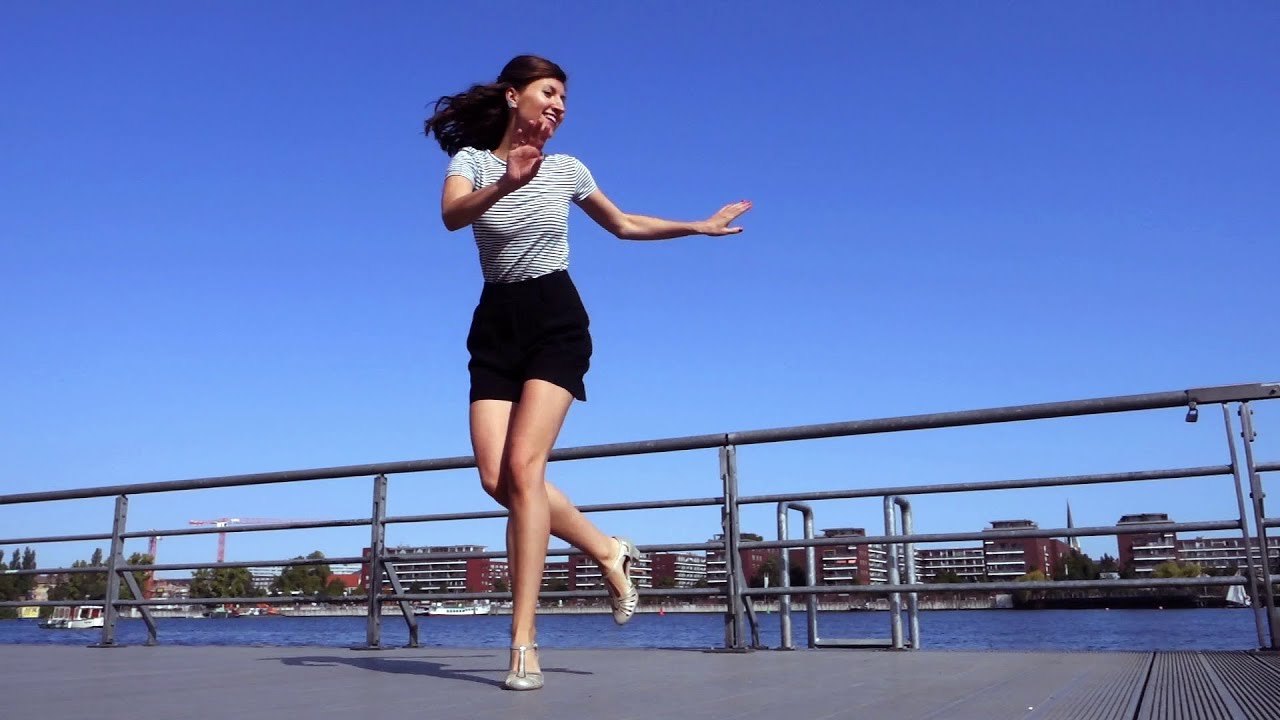 Stream some Charleston dance music below, and practice those moves!
Stream some Charleston dance music below, and practice those moves!
Types of modern dances. Charleston dance.
The Charleston is a dance named after the city of Charleston in South Carolina. Rhythm gained ground in US mainstream music with the premiere of a show on Broadway called "Runnin' Wild", which debuted the song "Charleston" written by James P. Johnson and became an immediate hit.
It is impossible to name the exact place where the dance originated, although today in the city of Charleston, South Carolina, they will not only tell you that the dance was born here, but they will even demonstrate a specific place - an orphanage "Jenkins Orphanage" - according to legend, it was the orphans from this orphanage who invented the dance, later called the Charleston, the music on the basis of which formed the basis of the musical, which became zamenimy.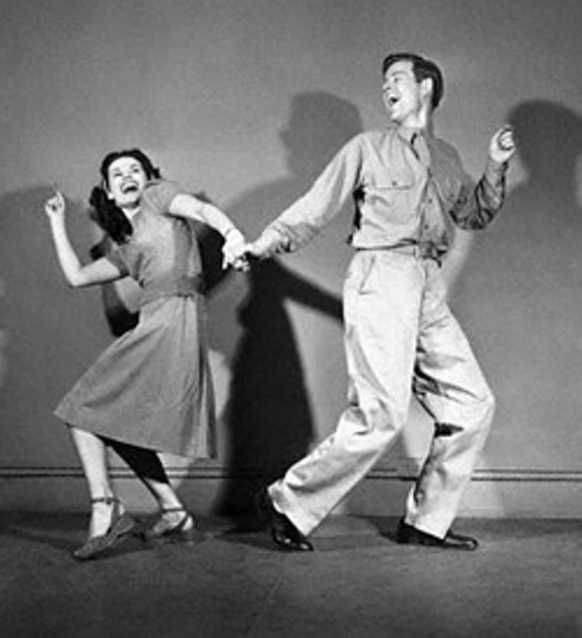
And its existence is recognized long before the triumphant appearance on the stage of the musical “ Runnin’ Wild ”, where, along with the debut of James P. Johnson’s song “ Charleston ”, the dance of the same name was performed. However, it was from this moment that the popularity of the Charleston began to rapidly gain momentum.
At first, this dance was mostly associated with young emancipated girls, who were called flappers (from the English - clapperboard), it was they who could afford to dance alone and demonstrate contempt for the old traditions in the dance.
Despite the accusations of immorality and swagger, undermining the foundations of the spirituality of the nation, Charleston was carried away by all segments of the American population. There was no official Charleston training in dance classes, so wealthy people began to take lessons from their own servants: cooks, maids and laundresses, who mastered this dance much faster.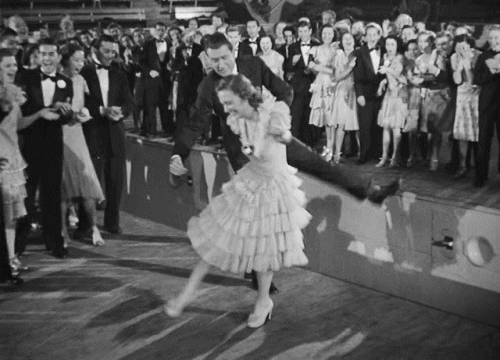
In general, there was nothing complicated in the performance of the dance. He was considered easy to learn, it was only necessary to learn how to make energetic movements with his arms and legs to fast music. On the other hand, the number of injured people has increased due to the irrepressible desire to put all the available energy and strength into the Charleston.
Charleston was a new dance. The Charleston was a fast dance. The Charleston was a simple dance. The Charleston was a dance that could be danced with a partner or alone. But most importantly, the Charleston was the first dance to blur the line between "dance being danced" and "dance being looked at" - by 1925, it seemed that everyone danced it.
Dance Critic Roger Pryor Dodge recalled a police officer in St. Louis who directed traffic by dancing the Charleston.
Charleston, unlike other dances, became both spectacular and performing: it could be danced and watched.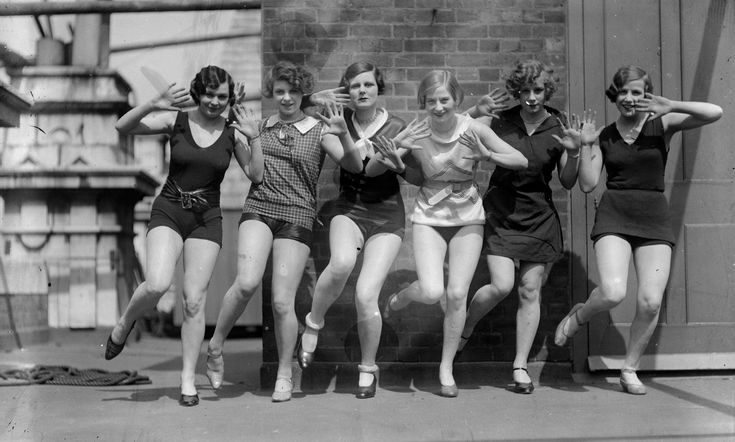 Charleston was brought to Europe by Josephine Baker , it was in her performance that the Parisian public saw this dance for the first time. Thanks to her, dance in Europe has become no less popular than in America.
Charleston was brought to Europe by Josephine Baker , it was in her performance that the Parisian public saw this dance for the first time. Thanks to her, dance in Europe has become no less popular than in America.
Charleston technique
Charleston has a syncopated rhythmic structure, 4/4 time.
They dance the Charleston both in pairs and solo. The basic step is performed in place or moving forward, backward and to the side. The step begins with an off-beat movement, when the heels are parted, the support is on the left leg, and the right one simultaneously rises in a bent position with a twist to the right and back.
The same movement is carried out with the other leg. The off-beat movement is performed with closed knees. Hands move freely and vigorously.
The basic step can be performed by moving back and forth and sideways, as well as turning around its axis. The dance requires a lot of improvisation and, if performed in pairs, the main move varies in the positions of the partners and combinations of movements.
Charleston Features
Vigorous hand movements and characteristic foot turns are the main features of this dance. It has certain features of ballroom choreography, namely, the foxtrot, with the difference that the Charleston has a limited nature of movement and is performed most often on the spot. The musical accompaniment is represented by certain compositions of jazz and swing.
Despite its scandalous reputation, at the beginning of the last century Charleston became the king of dances. Having begun his victorious march in America, he conquered Europe somewhat later. It was impossible not to be infected by the desire to dance this provocative, easy-to-perform dance. Chalston was performed both in pairs and individually.
Ballrooms and hotels regularly held dance competitions showing hundreds of variations of the basic Charleston step (officially there were 74 movements in the Charleston).
One of the most famous Charleston competitions was held in 1925 at the Orpheum Theater in Kansas City. It was won by Leonard Reid , the future creator of Shim Sham .
Unfortunately, Leonard did not manage to get his award - the competition was “only for whites”, and although he managed to participate in it thanks to his fair skin, someone envied his win and gave his secret to the organizers of the competition
Charleston was the king of dances - but it also suffered the fate of any "fashionable" phenomenon - in 1926 a new "fashionable" dance arose - Black Bottom , and the Charleston was to be forgotten, just as were previously forgotten Bunny Hug , Apache Dance and many more.
Salvation came in the form of a new trendy dance - Lindy Hop , which incorporated many of the Charleston movements.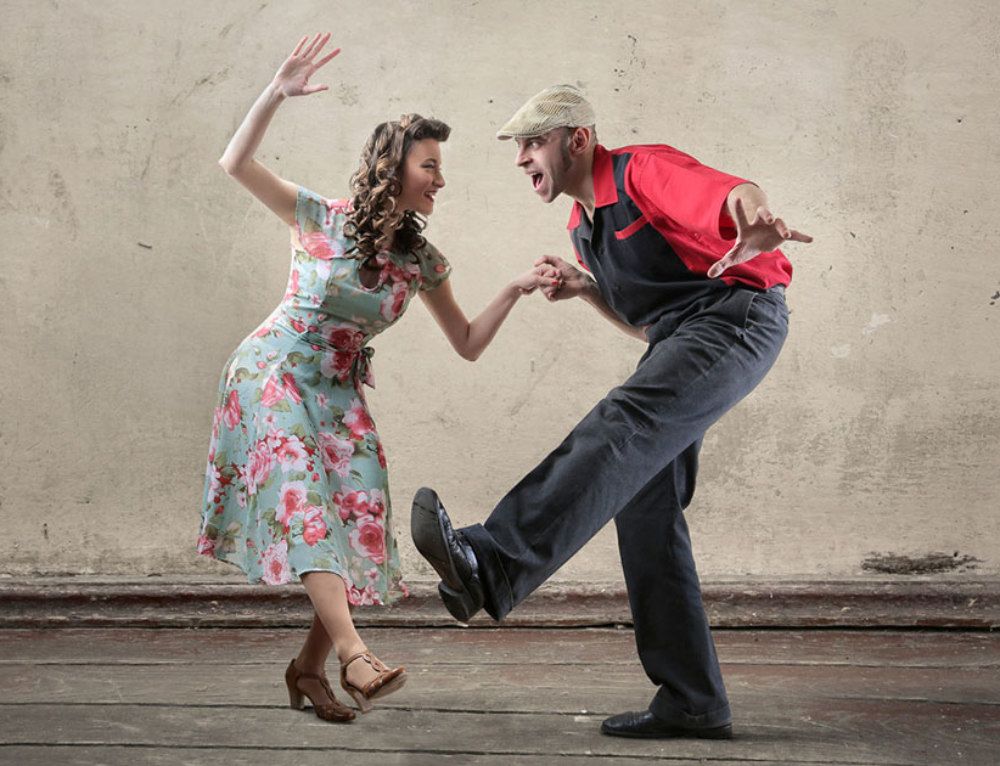 And thirty years later, when the Lindy Hop went out of fashion, the Charleston returned again - this time in the form of two rock and roll dances - Charley Bop and Mashed Potato, which did not last long, however.
And thirty years later, when the Lindy Hop went out of fashion, the Charleston returned again - this time in the form of two rock and roll dances - Charley Bop and Mashed Potato, which did not last long, however.
And then another fifty years passed - and Charleston began to dance on both sides of the ocean again ...
Dance clubs and schools
Types of dance 9000
9000 9000 9000 You're viewing: do_dance_charlston.html
NewOldUsefulUseless
Page 1 of 1
Write Review
Likbez Sports and fitness
Master the basic moves, then improvise and have fun.
Iya Zorina
Author of Lifehacker, athlete, CCM
This dance style includes a lot of freedom and improvisation. That is why he is so good. You can master the basic movements in a couple of hours, and then complicate them to infinity and combine them with each other, create your own combinations and spy on others.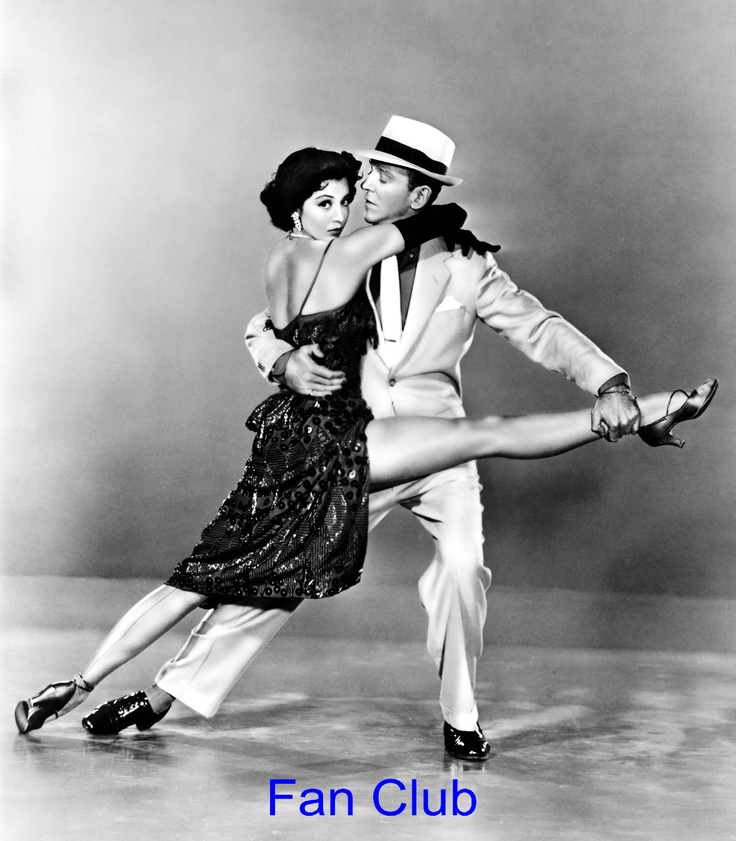
Dance in sneakers, socks or barefoot, in any outfit, anywhere.
Master the basic movements of the shuffle
In this style, you do all the basic movements with your feet, the hands most often move freely - according to the heart.
Running man
This is the most basic and essential shuffle movement. You can do it in three different ways.
Full foot
The movement begins by bending your knee and lifting one leg. Next, you need to simultaneously put both legs - supporting and raised - at a distance of one step from each other.
The raised leg is placed forward on a full foot, the standing one behind slips back on the ball of the foot and remains on it - the heel is not placed on the floor. The weight is evenly distributed between the two legs.
After that, it remains to return to the starting position. To do this, the front leg slides back, and at the same time, the back leg is pulled up.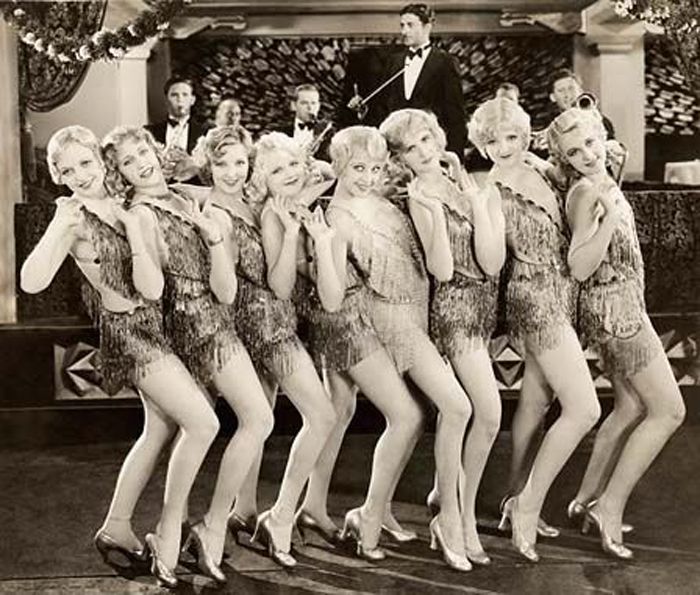 You find yourself in the starting position and repeat the cycle. The movement itself is soft and springy: do not stick into the floor, keep your legs relaxed.
You find yourself in the starting position and repeat the cycle. The movement itself is soft and springy: do not stick into the floor, keep your legs relaxed.
Heel
This is a lighter and faster running man look that may be needed for some combinations. Here you put your foot not on the whole foot, but on the heel. At the same time, the one standing behind remains on the toe.
On pads
In this variation, the foot is placed forward on the pad. At the same time, the one standing behind also remains on the ball of the foot, and the body leans slightly back.
T‑step
In this movement, one foot constantly makes a “herringbone” - turns the heel in and out - and the second touches the floor and immediately rises back.
When the heel of the skating leg turns inward, the toe of the other foot touches the floor; when outward, the other leg rises, turning the knee inward.
It turns out two positions: closed - when the legs are wrapped with the knees inward, and one leg is raised, and open - when the legs are turned out with the knees outward, and the toe touches the floor.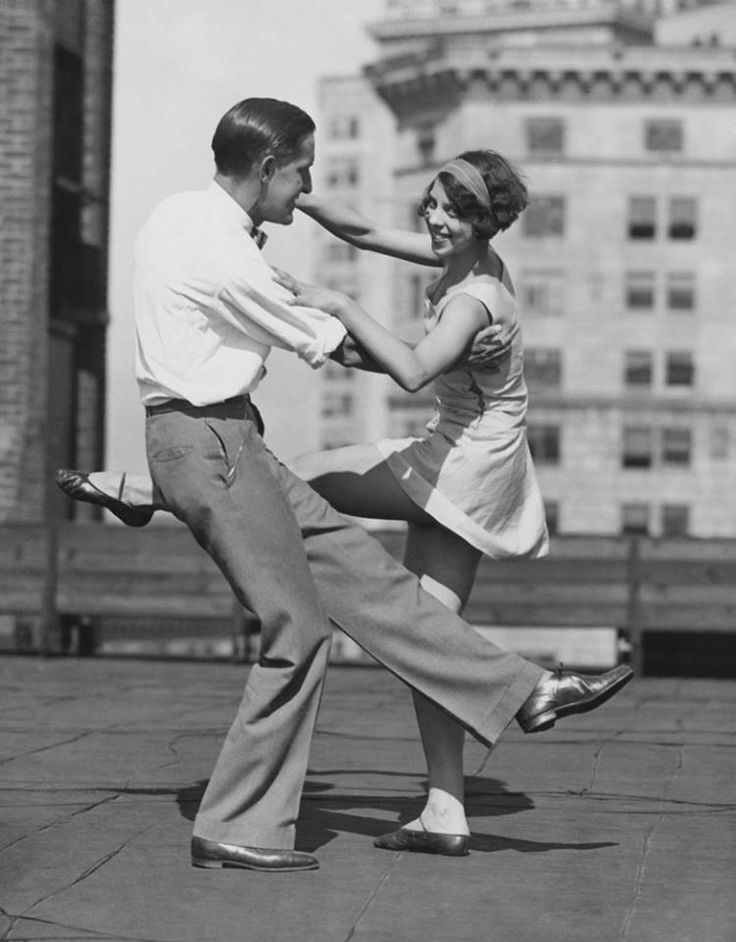 Practice doing the T-step in both directions: slowly at first, then with acceleration.
Practice doing the T-step in both directions: slowly at first, then with acceleration.
Rocking
You jump on one foot, and the other touches the floor in different places: on the side of the supporting leg, across, behind - anywhere you want. You can put your foot on the toe or on the heel - the latter is called a kick. The supporting leg can simply rise low or perform a T-step - move the heel out and in.
Charleston
To begin, you turn your knees and toes inward and lift one leg. Then turn your toes and knees outward, and put your raised leg forward crosswise. Repeat the same with the other leg.
All movement takes place on the balls of the feet, the heels do not fall to the floor. You can move both forward and backward.
Diamond
First you put your feet crosswise with your toes outward with a jump, then you also spread your legs apart with a jump.
Slides
One leg is straight, stands on the whole foot, the other is with a bent knee on the pad. Leaning on the pad, you slip the foot of a straight leg back, as if wiping the sole on the floor.
Leaning on the pad, you slip the foot of a straight leg back, as if wiping the sole on the floor.
Immediately after the slip, you turn around. In the turn, the straight leg bends and goes to the pad, and the one that was on the pad, on the contrary, turns on the heel. After that, it remains only to change legs and move in the same way in the other direction.
Scissors
From the starting position - standing with a raised leg, as in Running man - you turn your hips to the side with a jump and put your legs crosswise.
The front foot is on the heel, the back foot is on the ball. Then you jump back to the starting position and do the same on the other side.
Sidekick
From the starting position, you turn your hips to the side with a jump and spread your legs a step apart from each other. The standing foot in front is placed on the heel, the standing one behind remains on the pillow. Then, with a jump, you collect your legs and do the same on the other side.
Try other variations of the basic shuffle movements
You can perform basic movements in different directions: forward and backward, turning around. This will give you more freedom to improvise.
Variations Running man
Do several times in place and then turn around. You can also try walking this way to the side. Each time the leg will need to be placed slightly crossed in order to slowly move to the side.
Variations T‑step
You can drop your foot on the toe, on the whole foot, touch the floor to the side of the supporting leg or forward and behind it.
You can also keep the other leg off the floor at all - leave it on the toe and turn the knee in and out.
Variations Diamond
Here, another element is added to the movement - the heel strike. In the starting position, you wrap the toes of the feet and knees inward, and then jump on the heels, turning the socks to the sides.
From this position, without jumping, you turn your toes and knees inward, cross your legs with a jump, turning your feet with your toes outward, and then return to the starting position.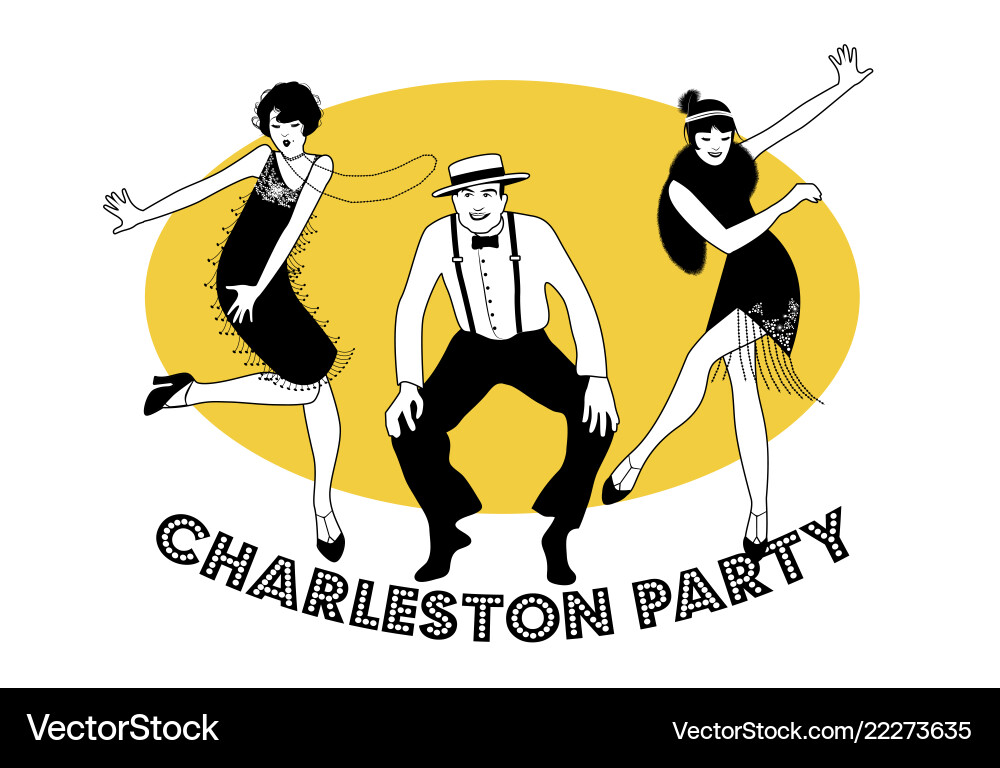
Charleston Variations
After three turns of the Charleston, turn both toes in one direction and then in the other. At the end, you can turn the knee to the side.
Connect familiar shuffle moves
While you lack the skills to move freely and come up with something of your own, learn a few combinations. They contain interesting movements that will replenish your dance vocabulary.
Combination 1
This is a simple combination of two basic movements - Running man and T-step. First take five Running man steps, then four T-steps to the side and repeat the same in the opposite direction.
Combination 2
Another combination of two basic movements. Here you do three Running mans, then one T‑step with a back foot touch, and two front heel touch kicks. The same on the other side.
Combination 3
There are no standard steps here, but there are already familiar Sidekick and transition from heels to toes.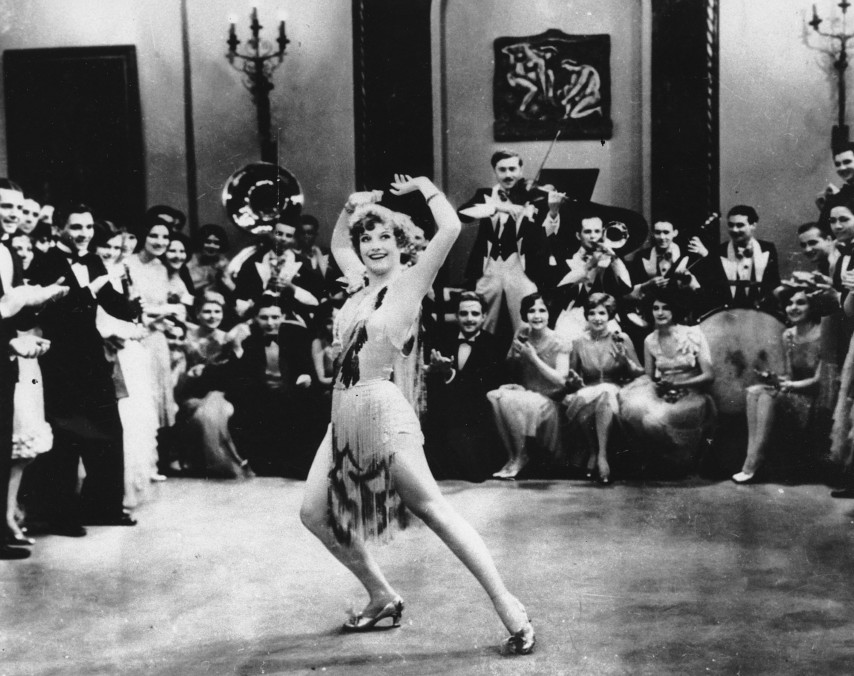
Learn more difficult combinations
We will add some videos with good combinations.
1. Cool video for beginners: movements are repeated in slow motion to make it easier to dance to the music.
2. And here the combination is analyzed step by step in slow motion, dividing it into three parts. Very comfortably. Look for more on this channel, there are several such analyzes.
3. No slowdown here, just a great combination. But you already know almost all the movements, so you can figure it out. If something is not clear, watch the video at a speed of 0.25.
Pick up the music and improvise
Surely you have favorite songs to shuffle to.
